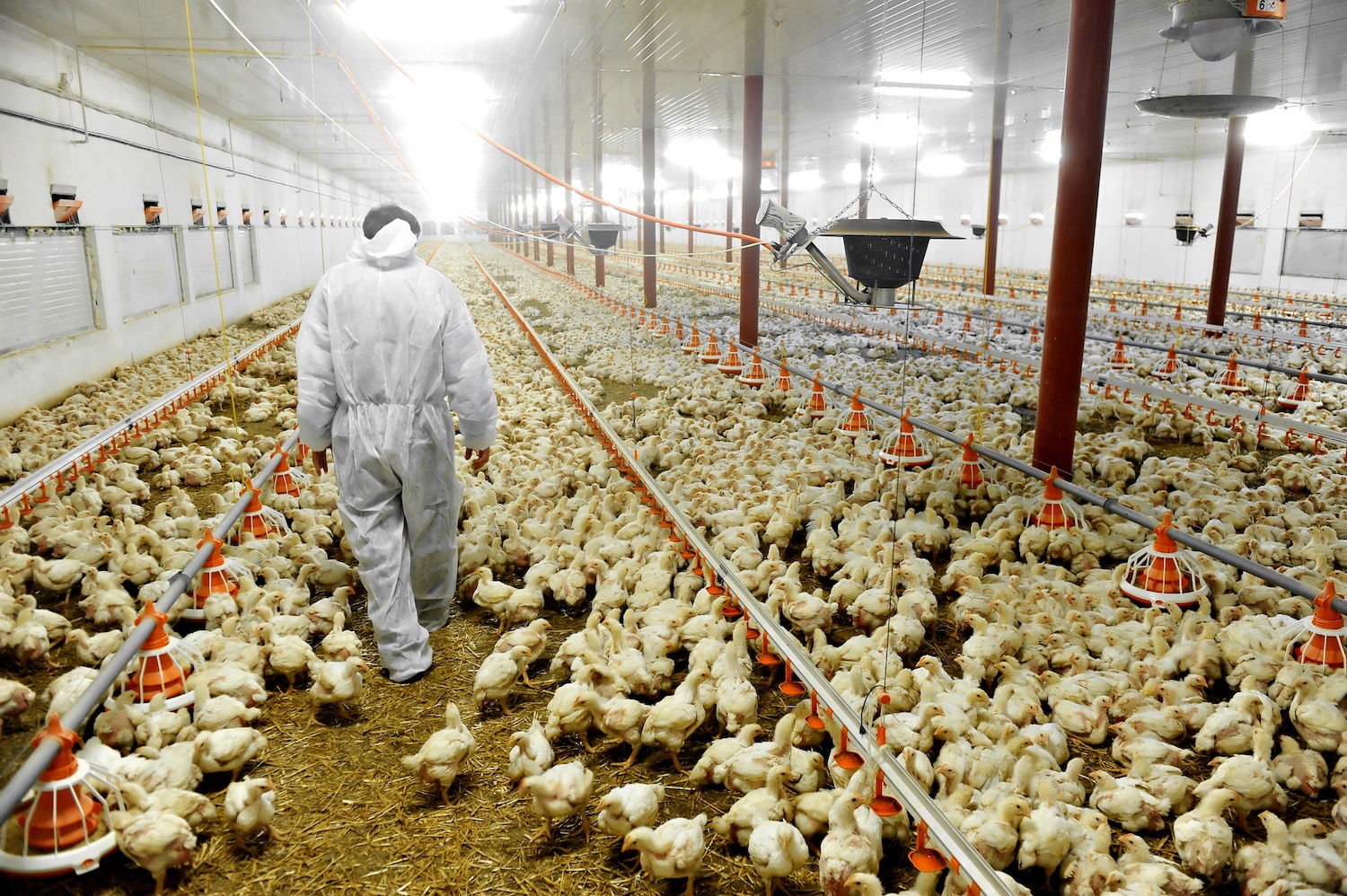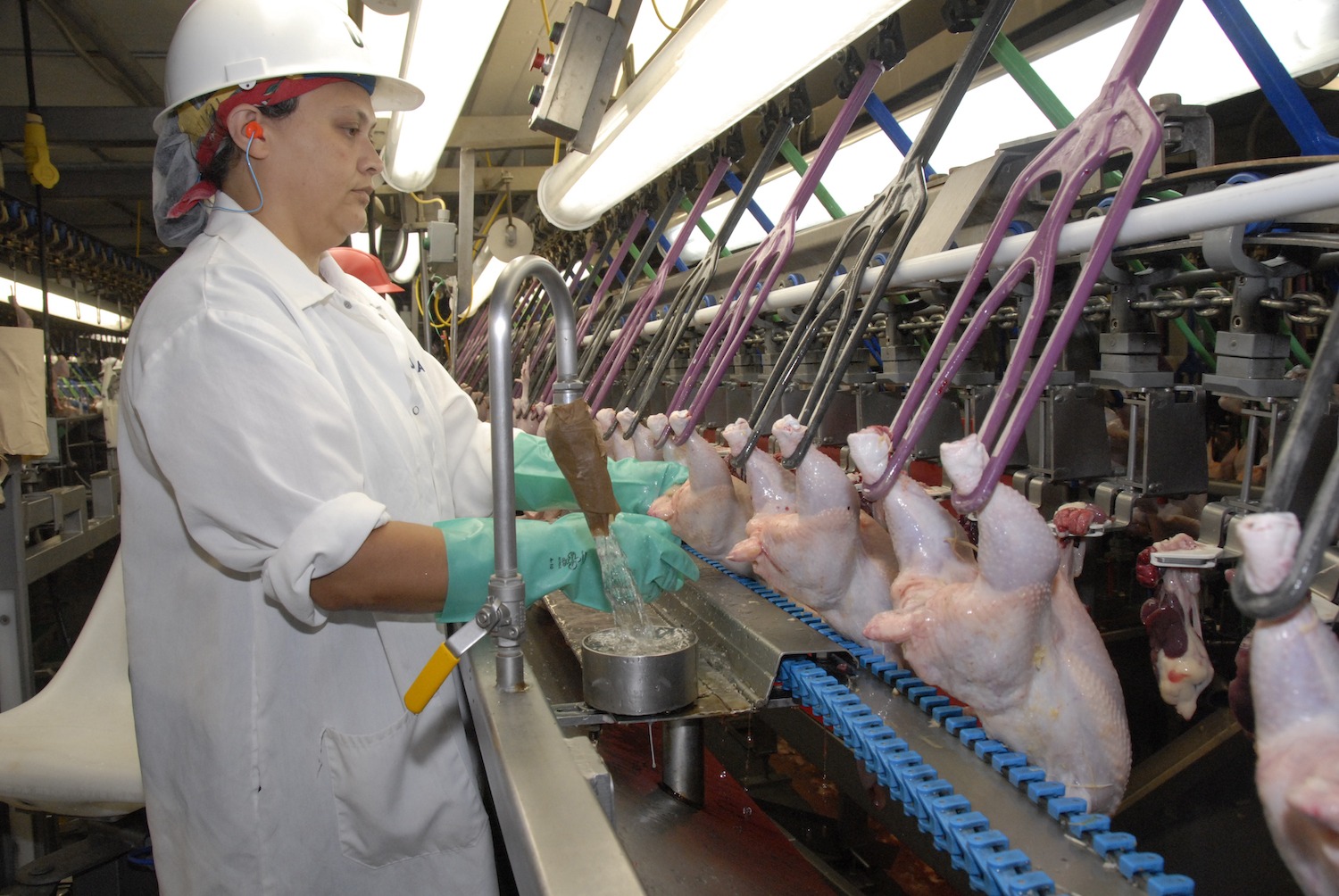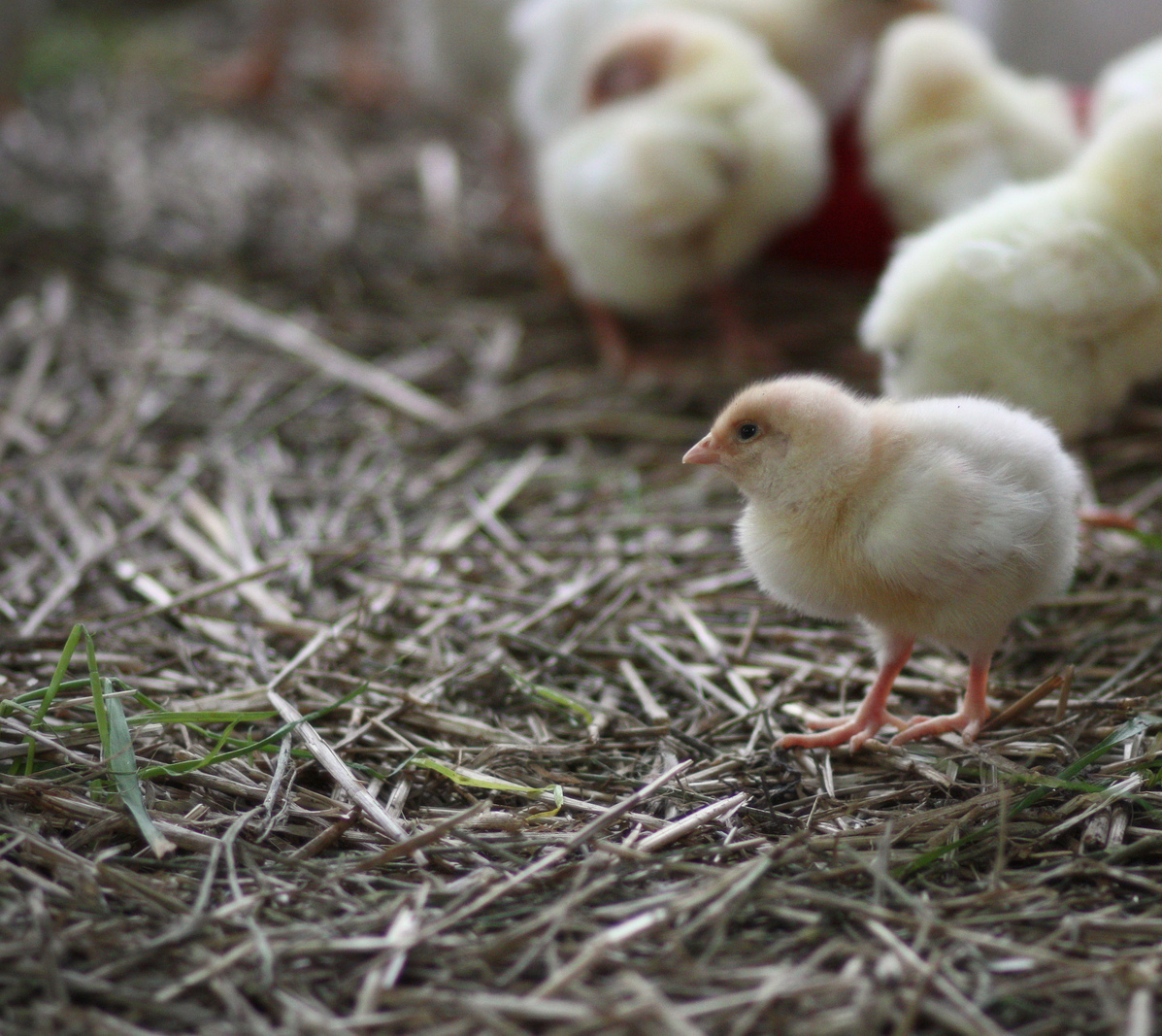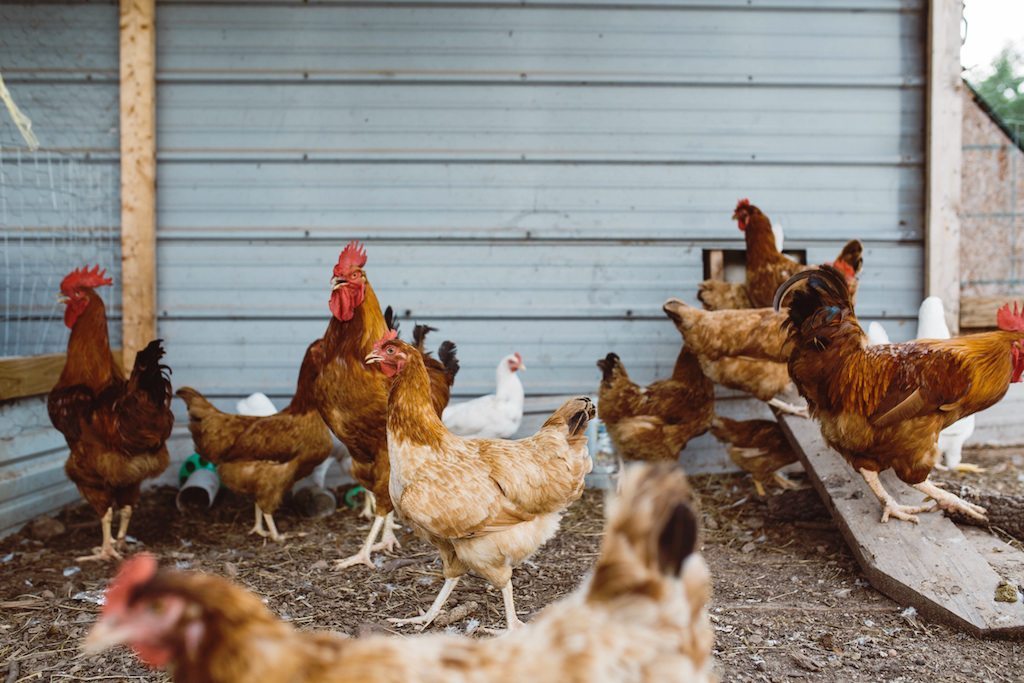A major animal welfare certifier will consider eliminating fast-growing breeds from its program.
In the 1930s, the average chicken sold at market weighed about two and a half pounds, and it gained each of those pounds over the course of about 45 days. Now, broiler chickens average upwards of six pounds, and they put each new one pound in just over a week.
In recent years, the breakneck—or, perhaps more aptly, break-leg or break-breast—speed of all that growth has caused widely publicized health and quality problems with the birds. There’s woody breast syndrome, which gives the meat a tough texture and impacts about 10 percent of chickens, and then there’s spaghetti meat and white striping, all indications of muscular issues. Broiler chickens also suffer a host of health issues including broken bones, lameness, and heart troubles.
Now, using research commissioned from the University of Guelph, the Global Animal Partnership (GAP, a five-step animal welfare food-labeling initiative you might recognize from Whole Foods) is considering removing some fast-growing breeds from its standard. Such a decision may prompt companies up and down the supply chain, including Subway, Starbucks, and Perdue, to move away from ubiquitous fast-growing breeds.
The researchers found that faster-growing birds tended to move less than their slower-growing counterparts.
Back in 2016, GAP set out to persuade the broiler industry to adopt higher animal welfare standards for their chickens by 2024. The partnership promised to use a “research-based framework” to develop these standards. A bunch of big companies including Popeye’s and Burger King signed on to the Better Chicken Project, promising that they’d adopt the new standards once they were determined.
Fast forward to 2020, and the “research-based framework” part of the equation is beginning to come into focus. The new study out of the University of Guelph followed 7,500 chickens from 16 different genetic strains, monitoring each flock to determine activity levels, foot health, and indicators for muscular diseases and organ issues.
[Subscribe to our 2x-weekly newsletter and never miss a story.]
The researchers found that faster-growing birds tended to move less than their slower-growing counterparts. Lead researcher Dr. Stephanie Torrey wrote in an email that activity levels on their own don’t say much about the welfare of a chicken, but if the bird isn’t moving because it can’t—because its legs are too weak, for instance—that’s impacts the animal’s quality of life. To wit, the researchers also found that the fast-growing birds had higher rates of “footpad lesions” than the others. They also found higher concentrations of biochemicals associated with muscle damage, heavier hearts, and lighter lungs. These indicators suggest strained muscles and potential organ issues. In conclusion, they wrote, “Fast growth rate coupled with high breast yield is associated with poor welfare outcomes.”
“What the study very clearly shows is that fast-growth breeds cause pain and suffering.”
“What the study very clearly shows is that fast-growth breeds cause pain and suffering,” says Leah Garcés, president of Mercy for Animals and former GAP board member. “The study confirms previous understandings that this rapid growth is detrimental to their welfare. Therefore, GAP now has to make a value judgment and decide which breeds can or can’t be allowed into the standard.”
GAP is currently in the process of deciding which breeds to allow into its standard. It has established a technical working group that will agree on protocols for testing breeds and eventually come up with a list of acceptable ones, a representative wrote in an email. At that point, all the companies that committed to uphold the standards will have to make changes.
The study wasn’t all bad news for conventional chicken breeds. Torry wrote in an email that tibial dyschondroplasia and ascites—both health issues that have been associated with fast-growing birds—did not impact the flocks in the study. “That shows that primary breeders have been quite successful in incorporating traits related to welfare into their selection schemes,” she added.
GAP has established a technical working group that will agree on protocols for testing breeds and eventually come up with a list of acceptable ones.
Still, the writing may be on the wall for the era of fast-growing, big-breasted chickens. Not so much because the brand managers at Subway and Popeye’s have begun losing sleep over the quality of chickens’ lives, but because the status quo is growing ever more untenable. Garcés says the industry’s move away from antibiotics is likely another factor nudging producers toward a heartier chicken breed. “That took the crutch out of the system,” she said, of the removal of antibiotics, a change that public health advocates demanded for a long time, citing concerns about antibiotic-resistant bacteria. “That took away the thing that was keeping birds healthy in a terribly unhealthy system.”
Of course, we were writing about the end of the fast-growing chicken back in 2016. If the last four years are any indication, a lot can happen by 2024, when the bill will come due on these big companies’ animal welfare pledges. We’ll check back in then.






